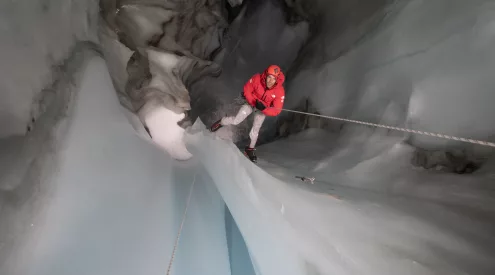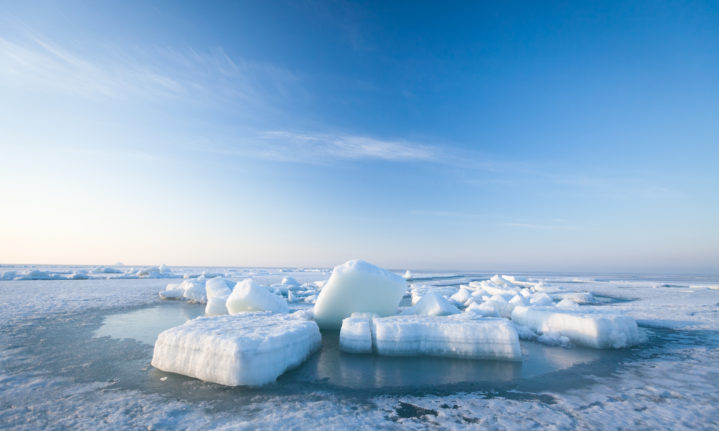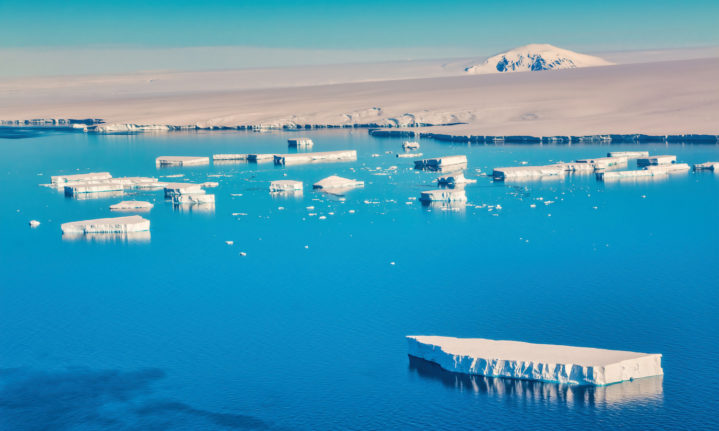Scientists have reported that Antarctic sea ice has hit a new record low since we started using satellites to measure sea ice in the late 1970s.
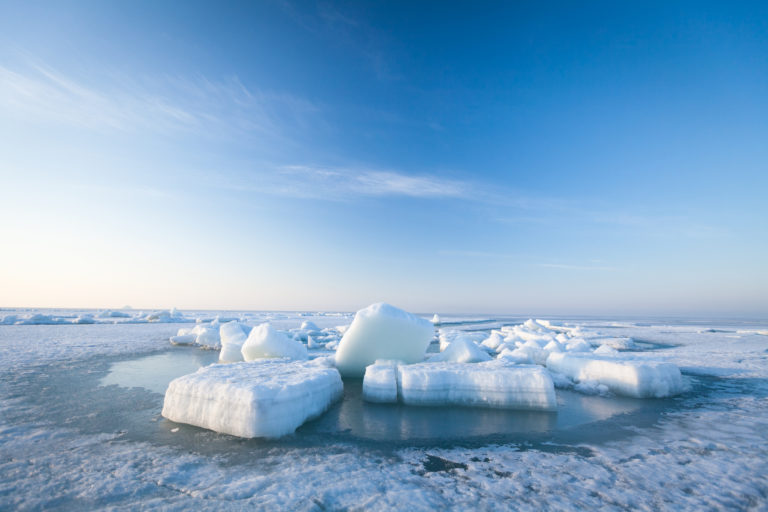
According to the National Snow and Ice Data Centre (NSIDC) the Antarctic sea ice extent dropped to 1.91 million square kilometres on 13 February, the first time it ever dropped below 2 million square km was last year when it fell to 1.92 million square km.
However, the sea ice extent is expected to drop even lower before the end of the melt season as ‘in past years, the annual minimum has occurred between 18 February and 3 March.’
The BBC reported that research, fishing, and cruise vessels have all commented that most sectors of the continent are virtually ice-free. ‘Only the Weddell Sea remains dominated by frozen floes.’
(Floes: Vast expanse of ice floating on the oceans near the Poles)
The Antarctic has been losing an average of 2 400 square km of sea ice each year since 1979, and scientists have noticed a sharp decline since 2016. This has fueled their research into identifying the direct causes of this trend. One likely reason is that sea ice ‘has been influenced by the unusually high air temperatures to the west and east of the Antarctic Peninsula.’ Temperatures have been 1.5º C higher than the long-term average.
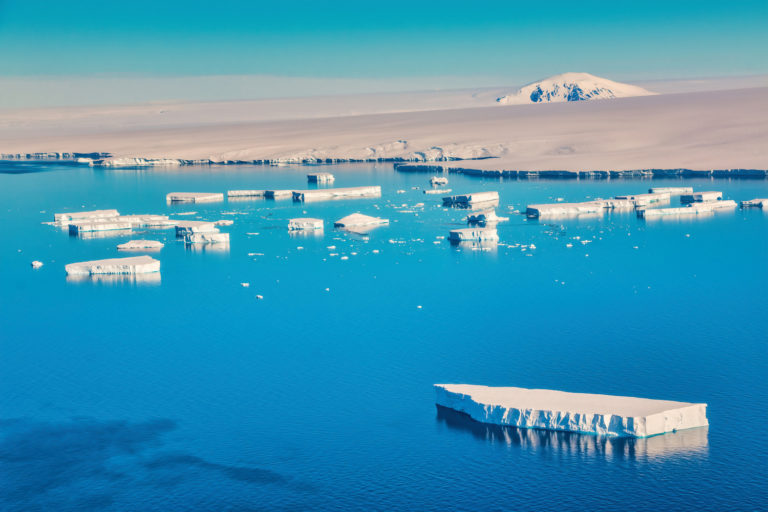
Pictures: GettyImages
Follow us on social media for more travel news, inspiration, and guides. You can also tag us to be featured.
TikTok | Instagram | Facebook | Twitter
ALSO READ: Green Scorpions nab animal traffickers after confiscating PostNet parcel





